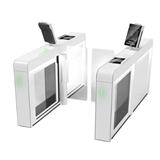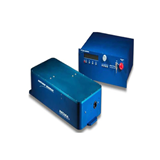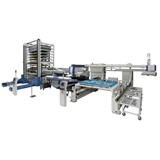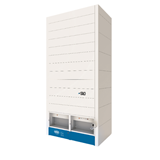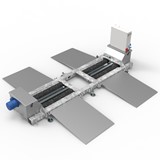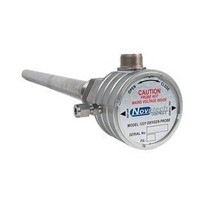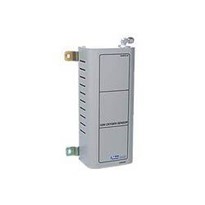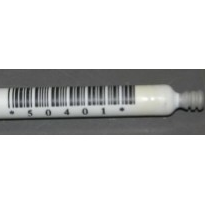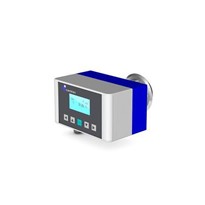As technological advances continue across the sensors market, their accuracy, reliability, and general capabilities are set to improve dramatically.
Below are some of the main reasons why it’s important to measure oxygen levels in Flue Gas:
- For combustion efficiency to provide fuel savings and the cleanest burn;
- For safety to ensure that burners are not operated in the fuel rich mode;
- To minimise pollution.
Oxygen measurement in power plant boilers provides critical feedback to plant operators in their effort to optimise efficiency and save on operating costs. An increase in excess air can increase fuel usage by 1%. Keeping the excess air volume near and slightly above stoichiometric levels for a given fuel is required to minimise fuel usage.
Aside from vehicles, oxygen sensors are also used in various applications such as food and beverage, health and medicine, pharmaceutical, and industrial processes.
The preferred method of oxygen measurement in industrial processes is the zirconia sensor. The zirconia cell is plated with electrodes on either side of a stabilised zirconia solid electrolyte. Zirconia electrolyte becomes porous to oxygen ions at elevated temperatures, allowing it to operate directly in the process gas stream. One side of the measurement cell is exposed to the flue gas containing oxygen, while the other is placed under the influence of a reference gas, usually clean air. Any difference between the oxygen concentration of the process gas and the reference gas causes a voltage inversely related to the oxygen content of the process gas. The electrical activity in the cell is tested by measuring the impedance of the cell. This is done automatically by the oxygen analyser.
Zirconia’s resistance to chemical attack, its low sensitivity to other flue gases such as CO2, and its superior repeatability have made the technology appealing to industrial facilities that mainly deal with combustion processes, such as power plants.
Instruments used for in-situ oxygen measurements must be robust enough to protect the zirconia cell from harsh process conditions. The zirconia cell is typically located at the end of the oxygen probe, which is inserted through the boiler wall into the process gas. The probe length and material will vary with the required insertion depth and the chemical and temperature profile in the chosen boiler zone.
- Flue gas analysis
- Oxygen levels in boilers, kilns, and furnaces
- Combustibles analysis
- Carbon potential measurement
- Water vapour concentration and dew point measurement
- Inert and sterile packaging
- General industrial use
- Annealing furnaces
The Model 1231 probe is capable of analysing gases with temperatures below 700°C, while Model 1232 can operate in temperatures from 700°C to 1400°C. These probes play an important role in industrial applications because without an accurate oxygen monitoring system, dangerous fuel-rich gases could be generated during the combustion process.
Pairing the 1231 or 1232 Oxygen Probes with anaylsers such as the Model 1732 Oxygen Transmitter from Novatech can provide users with an accurate and complete measurement system. The mV reading of the probe is converted to represent the oxygen percentage within the sample and displayed as a 4-20mA signal output.
The probe can react rapidly to changes in oxygen levels during the combustion process. With a response time of less than four seconds, these instruments can help prevent the build-up of fuel-rich gases, which could lead to hazardous situations.
The model 1231 and 1232 probes are used by inserting them into the flue or other measuring point and securing them using the instruments’ threaded nipples. These components are screwed onto a mating socket that’s welded to the process. Once the cable of the probe has been connected to the oxygen transmitter, the system of instruments can now be used to monitor or control the combustion process.
Here are some of the advantages of the Novatech Oxygen Probes:
- Made with quality materials
- Have been continuously manufactured and sold since 1978
- Proven Reliability in power station conditions
- Products sold to over 80 countries worldwide
- Fast turnaround for service
- Close consultancy with design engineers
- Low cost to purchase




-160x160-state_article-rel-cat.png)




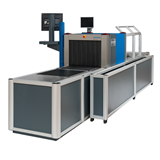

-160x160-state_article-rel-cat.png)
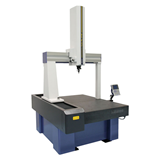

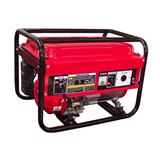
-160x160-state_article-rel-cat.png)



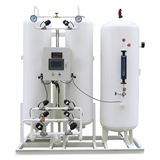
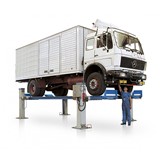
-160x160-state_article-rel-cat.png)
